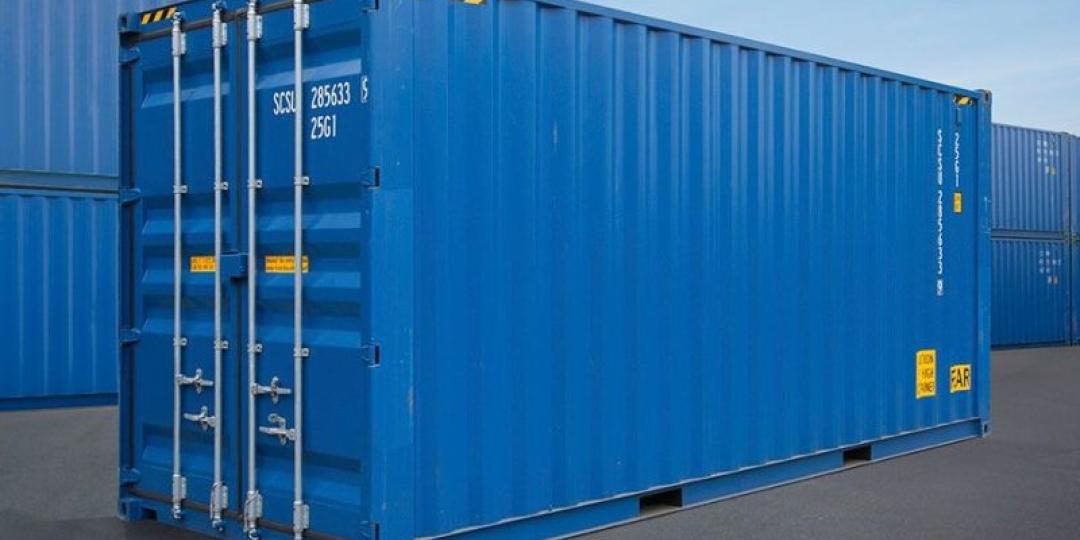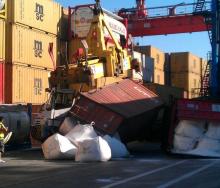The first and most critical point I can make when referring to loads on vehicles is that common sense must always prevail. Vehicles loaded legally and which are thus permissible under law can and do overturn when logic is not applied.
We have all seen the famous “banana trailers ” – a heavy granite block only having a mass of 20 tons loaded on a trailer that can legally take a 30-ton mass – and loaded in a manner to spread the load over all vehicle axles so as not to exceed the axles’ permissible loadings. Completely “legal”- in terms of the permissible laws but because the load has not been spread over the trailer deck and structural beams results in the trailer collapsing. In short the small “footprint” has exceeded the trailer builders’ “running metre of deck load per metre design”.
If you’re loading a drill-press of 600 kgs on a 1-ton load bakkie, the mass is all suspended in the air in the drill head and this will turn over at the first corner.
This is called the SG (centre of gravity) – and a general rule of thumb is that two thirds of the mass of vehicle plus load below this point with only one third above this point will be a safe, stable load.
A little-known fact is that a lot of the SUV-type vehicles (mommies’ taxis for the kids) and even some 4x4s have a very high SG and even by changing the tyre size to a higher size can increase the risk of roll-over.
The technical reasons for this are due to centrifugal and to a limited degree centripetal forces on moving bodies in conjunction with the SG. In layman’s terms – the camber of the road (left to right on the horizontal) and the gradient (head to toes on the vertical) when combined with the SG.
Load shift can overturn a legally loaded vehicle that is within the 4.3 travel height – and it is for this reason that a loaded travel height of “breakbulk” cargoes is normally not recommended in excess of this height. And even then common sense must always apply. Containers are always accepted as being loaded and secured to international best standards.
As they travel by sea they are often subjected to extreme centripetal forces of up to 25 degrees plus either side of the port/starboard ( left/right) with the same if not more on the bow/stern (head/toes) happening simultaneously in rough seas!
The container is a self-supporting load that is secured on four corners by locks. Furthermore, due to the doors being smaller than the container interior (all loads have to get through the door) there is normally an ullage (empty space) at the top.
We have had an engineer specialist work out the SG on the high cube when loaded on a vehicle to a travel height of 4.6m – and the SG being approximately 1 metre above the height of the trailer ie, 2/3 of the mass (truck/trailer/container and load) with the balance of 2 metres with 1/3 of the mass (including the ullage) above that point. In short the load is inherentlysafe to travel at that height (as borne out by the millions already moved over the past 20 years).
Furthermore, the TRH 11 – the Guide to Abnormal Loads, states that if a vehicle has an axle width of 2.45 metres, then double that ie, 4.9 metres, is accepted as being a safe travel height under permit. (The permit is merely a piece of paper so does not make the load safer – only within the acceptable safety margins). Obviously, the nature of the load must always be taken into account – but a container is well within this description.
NOTE ABOUT THE AUTHOR
Kevin Martin, CEO of Freightliner Transport Durban, has been involved in every sector of road transportation since the early 1970s - from liquid and dry bulk to dangerous goods and refrigerated cargoes, locally, nationally and over-border.
For the past 20 years he has been extensively involved in harbour transportation to and from the Port of Durban. A past executive board member of SAAFF – KZN and Harbour Carriers division chairman – he continues to mentor and impart his knowledge to assist road transporters, shipping lines, port authorities, terminal operators and local and national authorities.












